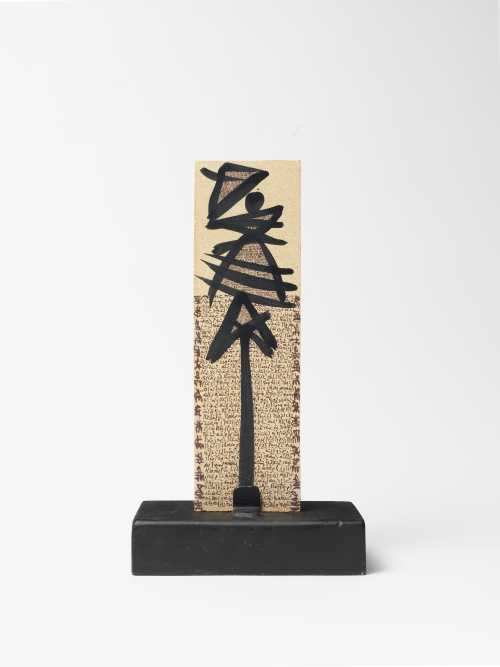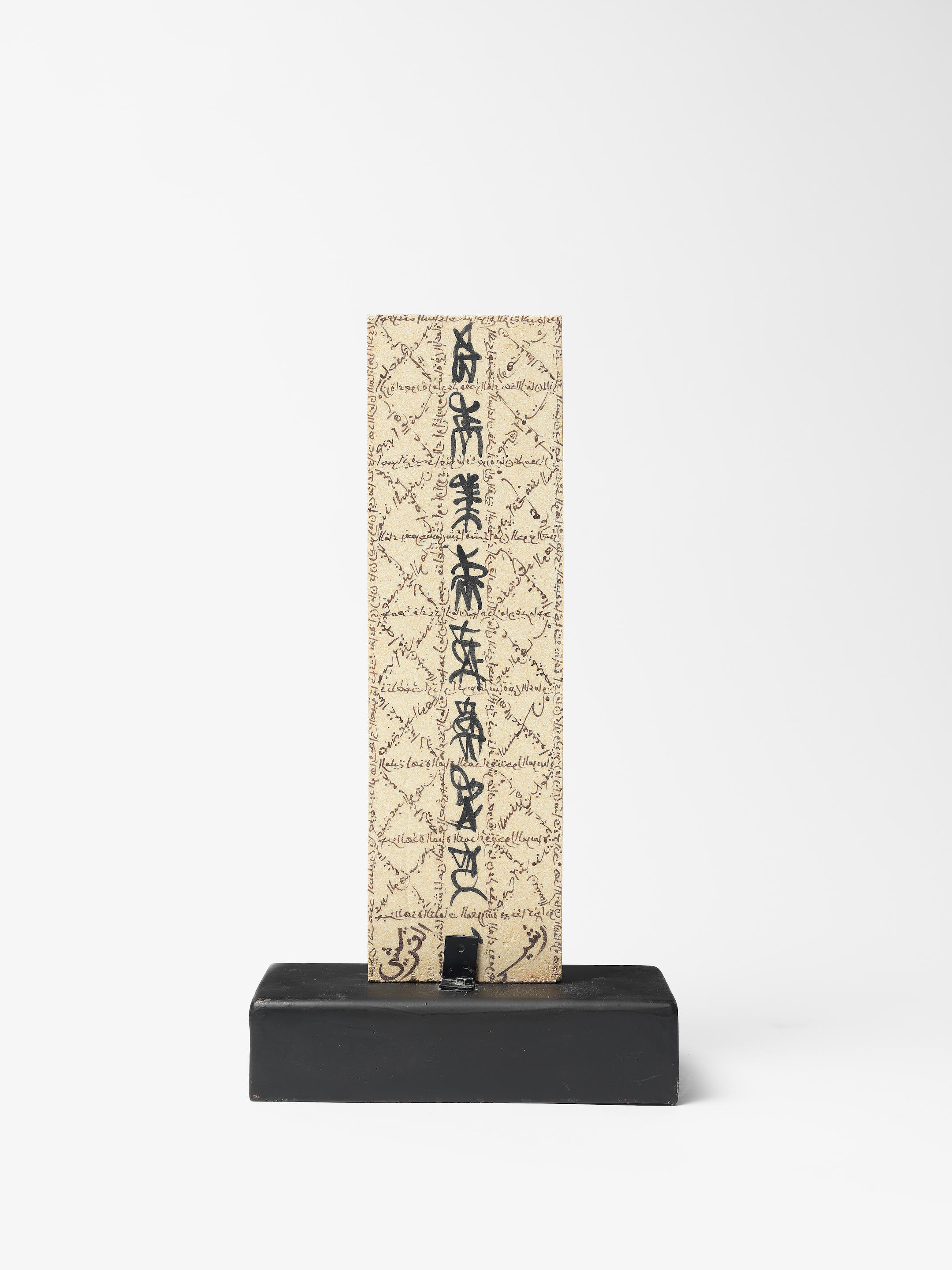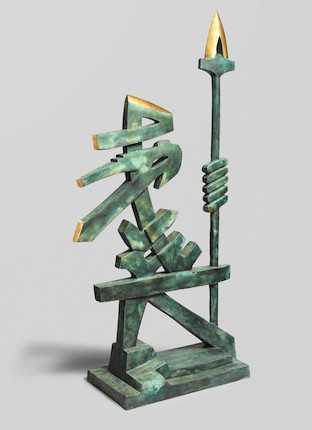- Standing Tablet from the Salome series 1991 - 1992
- glazed ceramic
- Sculpture
- 15 * 45 cm
- Signed "Rachid Koraichi" and dated "1991
Estimation
£25,000
31,356 USD
-
£35,000
43,898 USD
Realized Price
£50,700
63,590 USD
69%
Artwork Description
"When I think about it, I realise that the initial project, was 'Salome' presented in 1990, in part at the Institut du Monde Arabe and in part at Beaubourg, Everything else came from that. A project created with Michel Butor. It was my first installation, already establishing a link between Judaism, Christianity and Islam, evoking passion in its absolute, up to the sacrifice of one's own life, the passion for a woman that can lead one to kill one's best friend. All the paroxysms come together: love, passion, sacrifice. All the ingredients are mixed together." - Rachid Koraïchi
We are delighted to have this magnificent work by the renowned Algerian artist Rachid Koraichi. This standing tablet formed part of his 'Salome' series, originally exhibited at the Pompidou Centre, Institut du Monde Arab in Paris and Leighton House Museum in London in the 1990s.
Rachid Koraichi uses a wide variety of symbols based on Arabic and Berber writings, magical number systems and Chinese and Japanese characters as well as cryptograms of his own invention. He works with a range of mediums including canvas, paper, ceramic, glass, metal and silk. He often produces works in a series of seven, or uses seven elements in his designs, relating to the Muslim cosmogony of seven heavens, seven planets, etc. His works form part of the collections of major museums in London, Paris, Tunis, Baghdad and Amman.
The art of calligraphy in North Africa stems from the significance of the written word of the Qur'an, the sacred scripture of Islam, believed to be the literal word of God. Various schools of style, as well as individual calligraphers can be traced back as far as the seventh century, the first century of Islam.
During the 18th and 19th centuries the introduction of printing brought about the demise of the professional scribe, but calligraphers remained highly regarded. By the 20th century the influence of Western languages created social and political tensions. By 1950 calligraphy became a symbol of cultural and political identity against colonialism. By 1960, the letterisme (hurrufiyoun) movement flourished as 'painting by letters' became the dominant mode of artistic expression. By 1970 certain artists had transformed the traditional conventions of calligraphy into various abstract forms.
We are delighted to have this magnificent work by the renowned Algerian artist Rachid Koraichi. This standing tablet formed part of his 'Salome' series, originally exhibited at the Pompidou Centre, Institut du Monde Arab in Paris and Leighton House Museum in London in the 1990s.
Rachid Koraichi uses a wide variety of symbols based on Arabic and Berber writings, magical number systems and Chinese and Japanese characters as well as cryptograms of his own invention. He works with a range of mediums including canvas, paper, ceramic, glass, metal and silk. He often produces works in a series of seven, or uses seven elements in his designs, relating to the Muslim cosmogony of seven heavens, seven planets, etc. His works form part of the collections of major museums in London, Paris, Tunis, Baghdad and Amman.
The art of calligraphy in North Africa stems from the significance of the written word of the Qur'an, the sacred scripture of Islam, believed to be the literal word of God. Various schools of style, as well as individual calligraphers can be traced back as far as the seventh century, the first century of Islam.
During the 18th and 19th centuries the introduction of printing brought about the demise of the professional scribe, but calligraphers remained highly regarded. By the 20th century the influence of Western languages created social and political tensions. By 1950 calligraphy became a symbol of cultural and political identity against colonialism. By 1960, the letterisme (hurrufiyoun) movement flourished as 'painting by letters' became the dominant mode of artistic expression. By 1970 certain artists had transformed the traditional conventions of calligraphy into various abstract forms.
More lots by Rachid Koraïchi
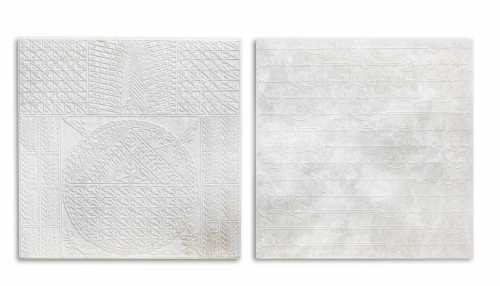
From the series "Les Sept Stations Célestes"
Estimation
£8,000
11,027 USD
-
£12,000
16,540 USD
Realized Price
£21,500
29,635 USD
115%
Sale Date
Bonhams
-
17 November 2021

The Path of Roses
Estimation
£100,000
133,333 USD
-
£150,000
200,000 USD
Sale Date
Christie's
-
11 November 2025
Realized Price
27,983 USD
Min Estimate
12,682 USD
Max Estimate
17,928 USD
Average Artwork Worth
+76.293%
Average Growth of Artwork Worth
Sales Performance Against Estimates
Average & Median Sold Lot Value
2020 - 2024
Performance vs. Estimate
2020 - 2024
Sell-through Rate
2020 - 2024
Similar Artworks
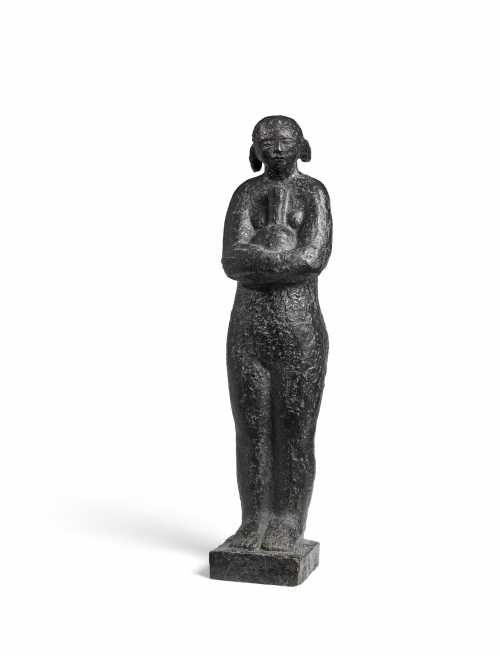
The Amphora Carrier
Estimation
£20,000
27,567 USD
-
£30,000
41,351 USD
Realized Price
£44,000
60,648 USD
76%
Sale Date
Bonhams
-
17 November 2021
